Why is my plant losing its colour?
Plants should be bright and healthy, so it’s disappointing when they look sad and pale. Let’s identify the causes and fix them.
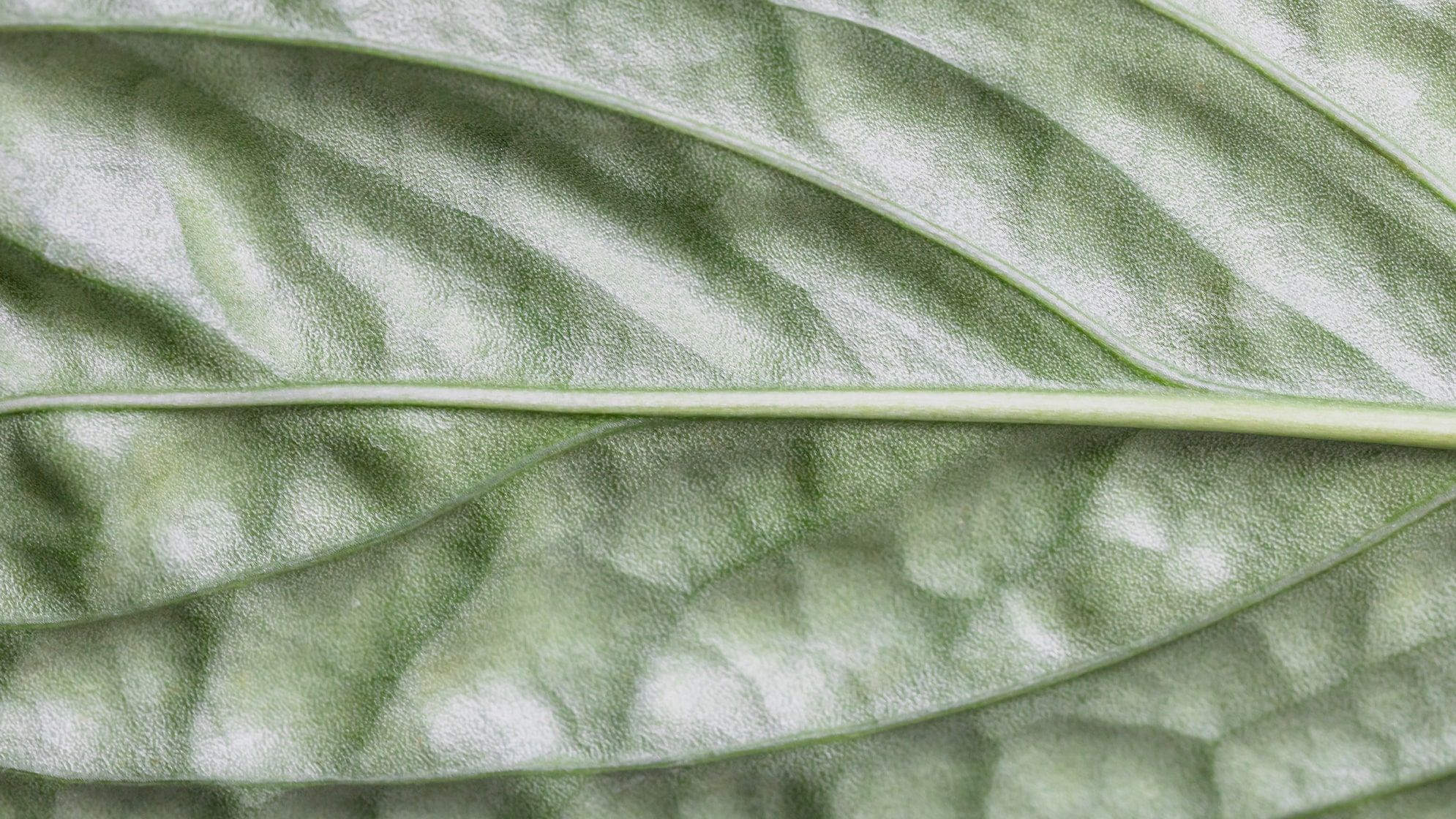
We all want our plants to look vibrant, whether they’re green, red or multicoloured. If your plant’s leaves are losing their colour, let’s get them back to their dazzling best.
If a usually brightly-coloured plant has turned pale and uninteresting, it’s often because it’s deficient in something. The most likely culprits are:
- Lack of sunlight. If it’s too dark, your plant can’t get the energy it needs
- Too much sunlight. Plants in extremely bright sun may ‘bleach’
- Lack of fertiliser. Plants starved of nutrients can lose colour
- Lack of water. Thirsty plants can turn pale as they dry out
Don’t confuse pale leaves with yellow leaves. If your plant has yellow leaves, you’ll find out how to fix that here.
In more detail, here are the most common causes of pale leaves and how to fix them.
Is the pale leaf just a new leaf?
Before we go any further, check whether your seemingly pale and unhealthy leaf is actually just a healthy new leaf.
When new leaves emerge, they’re often a very light, fresh green, whatever the colour of the rest of the plant. The leaf will usually be very soft, too. If you see leaves like this at the end of branches or stems, that’s a good thing! Your plant is growing. These young, pale leaves will darken as they mature.
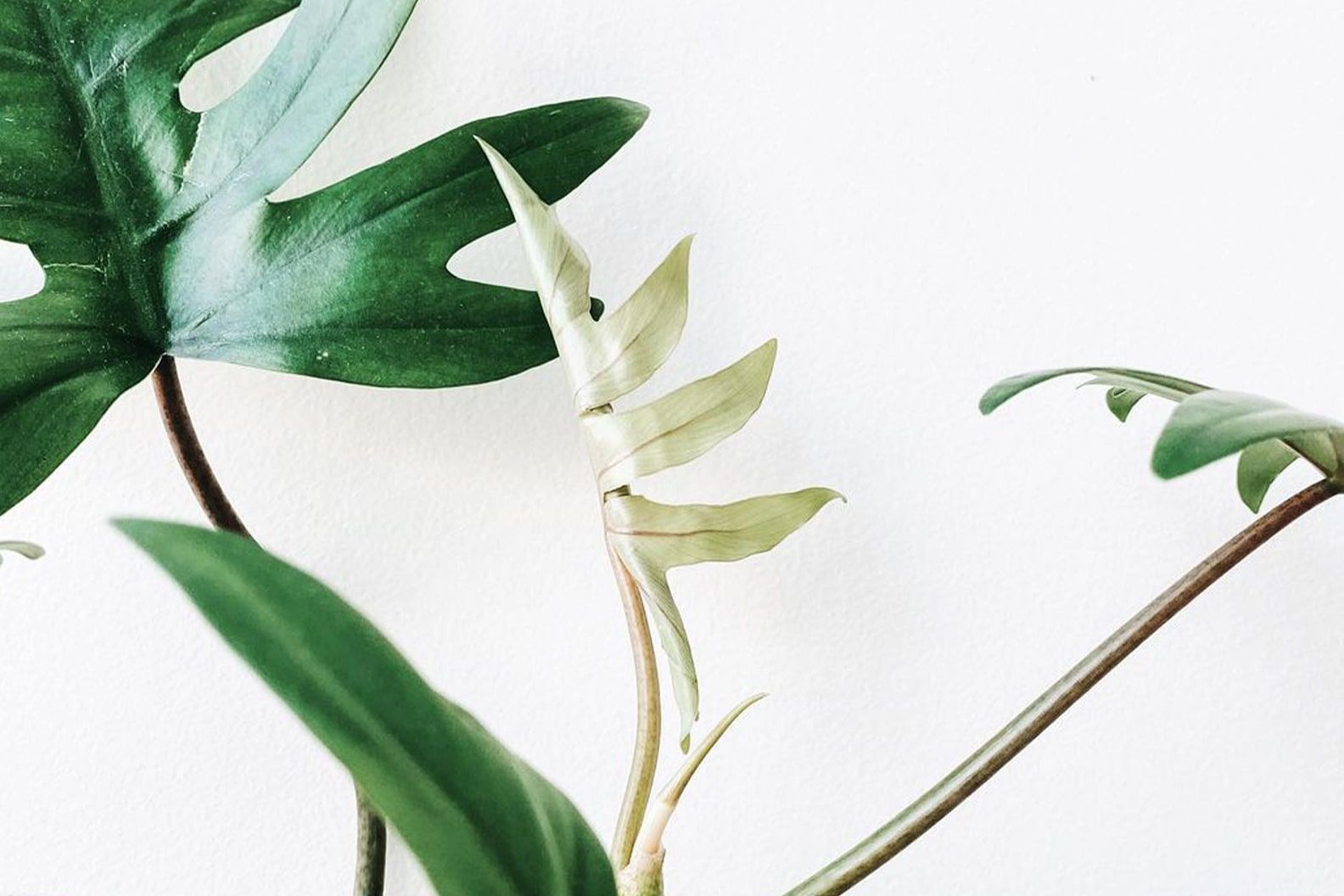
Lack of sunlight
The most common reason for leaves turning pale is that they're not getting enough sunlight. You probably know that leaves are full of chlorophyll, the pigment that allows them to turn sunlight into energy, through photosynthesis.
When your plant is photosynthesising happily, chlorophyll turns bright green. When your plant doesn’t have enough light to create energy, chlorophyll stays pale and so do the leaves. N.B. Even if your plant doesn’t have green leaves there is chlorophyll in its leaves.
Solution: Just move your plant somewhere a bit brighter, e.g. closer to a window.
Too much sunlight
Sounds weird that too much sun can make leaves go pale, right? Well, for plants that have evolved to grow in shadier conditions, an excess of sun can actually cause the breakdown of chlorophyll in their leaves, resulting in that sick bleached look.
Solution: Move them somewhere that doesn’t get so much direct sunlight so that they're less stressed.
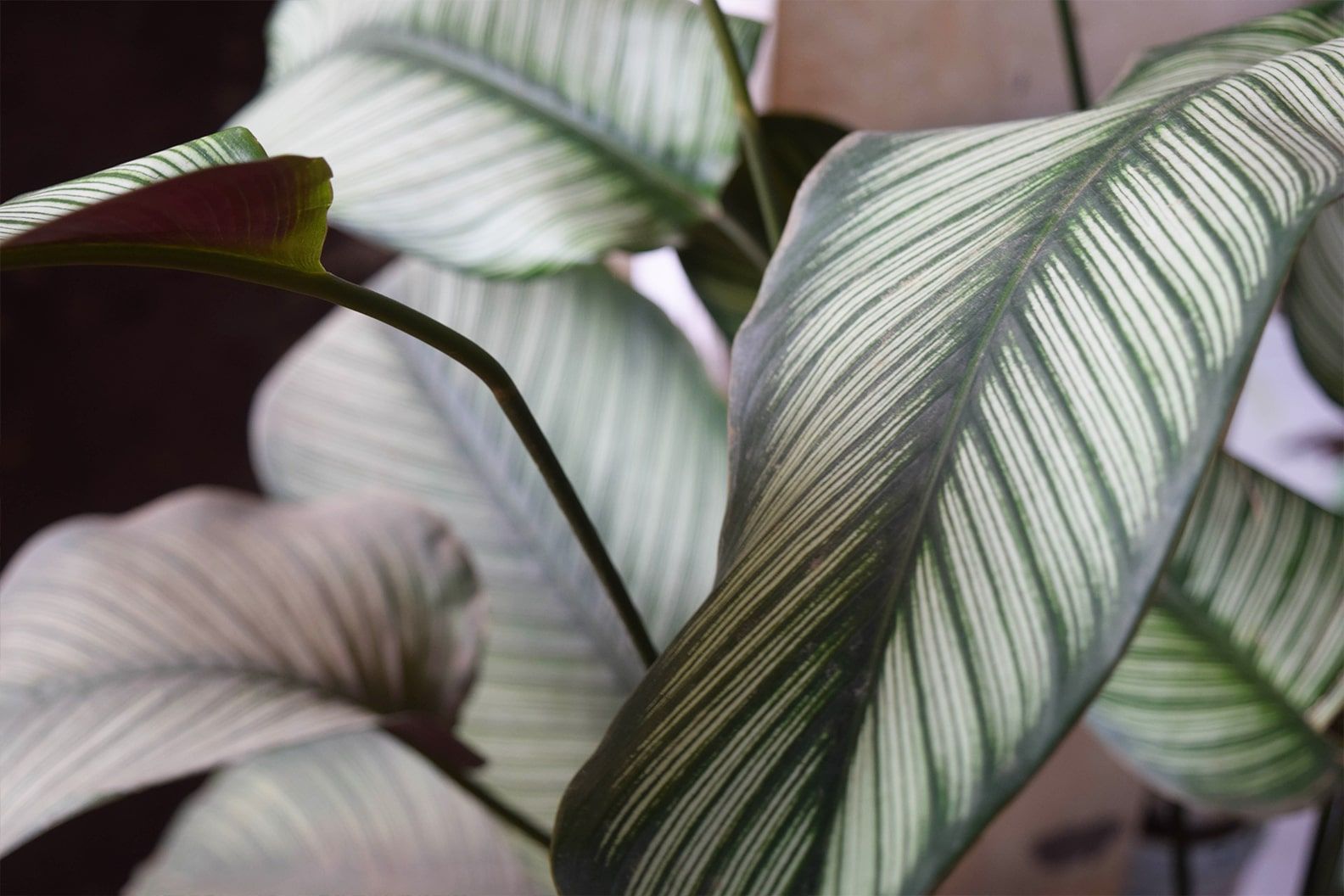
Too little water
A lack of hydration will cause your plant to dry out, which can lead to leaves losing their colour.
Solution: Water your plant more frequently. For most plants, the best rule is to give your plant a drink whenever the top two inches of soil feel dry. It’s also a good idea to increase the humidity around your plants regularly, as they absorb moisture through their leaves.
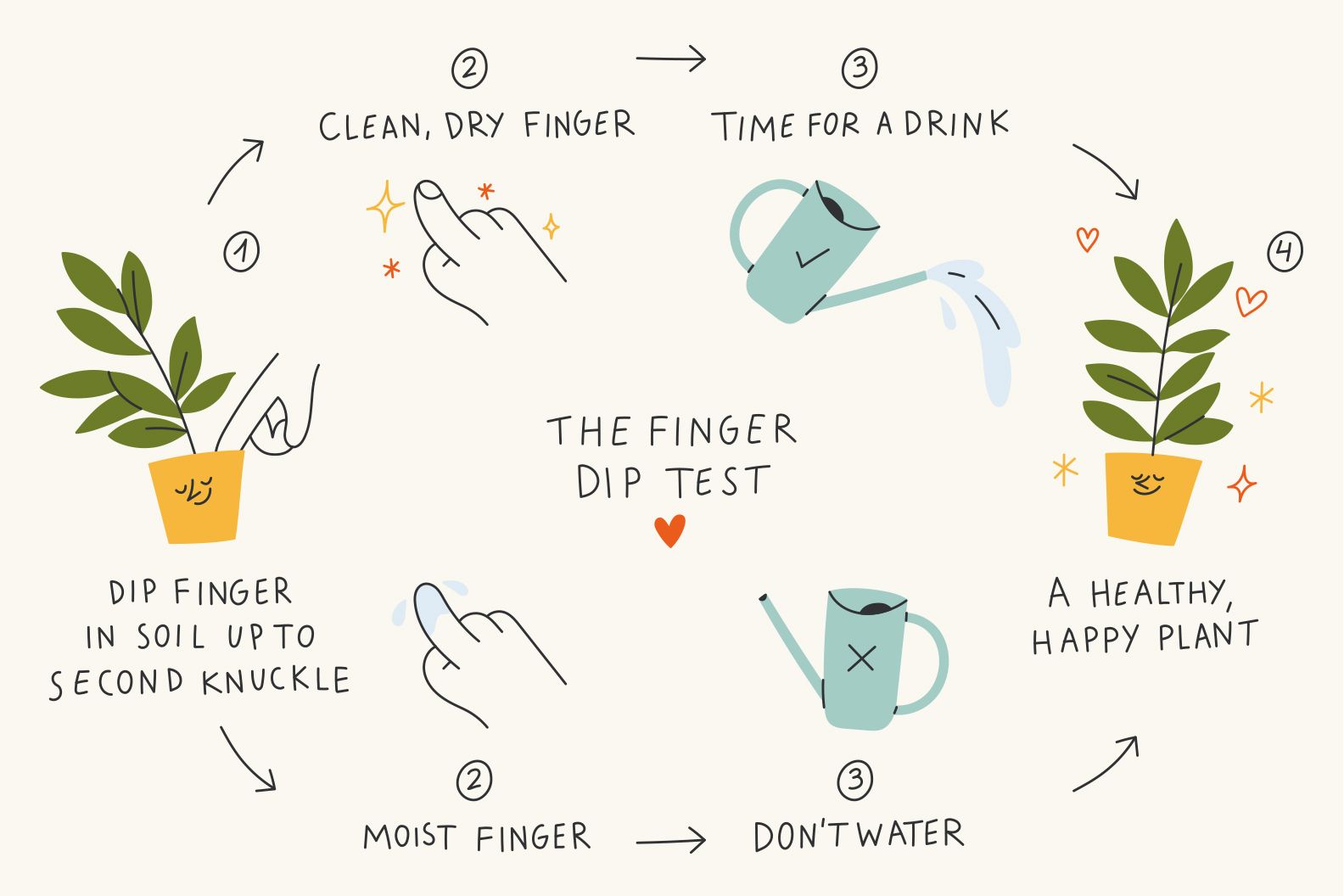
Lack of nutrients
If a houseplant is in poor soil it can’t get all the nutrients it needs to stay bright and healthy. Nitrogen is the nutrient they need for healthy leaves.
Solution: In spring and summer, give your plant a feed with liquid fertiliser once per month (you don’t need one specifically high in nitrogen; an all-purpose one will do). That should give your plant all the goodness it needs.
If your plant has been in the same soil for a few years, it’s worth thinking about repotting it. See our full guide to repotting.
Bugs (eek!)
Far less common, but sometimes pests or fungus can get onto your plant and cause discolouration. They’re gross, but usually treatable.
Solution: Take a look at our bug page and see if you can find your invader and how best to banish it. If you suspect bugs/fungus but can’t see it on that page, drop our plant doctors a line and they’ll help you treat the problem.
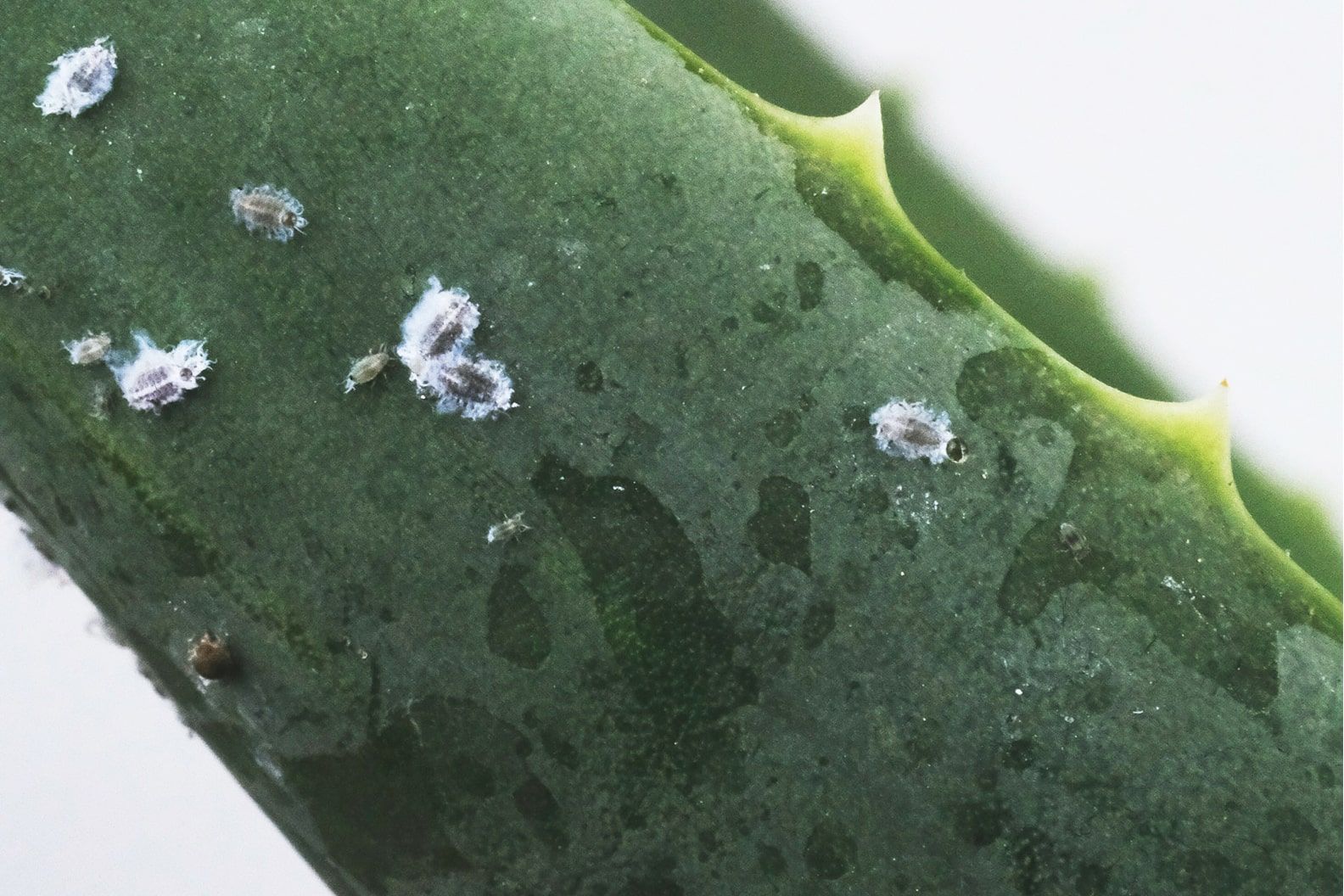
Never kill another plant
Plant tips. Special offers. No spam.
You might like
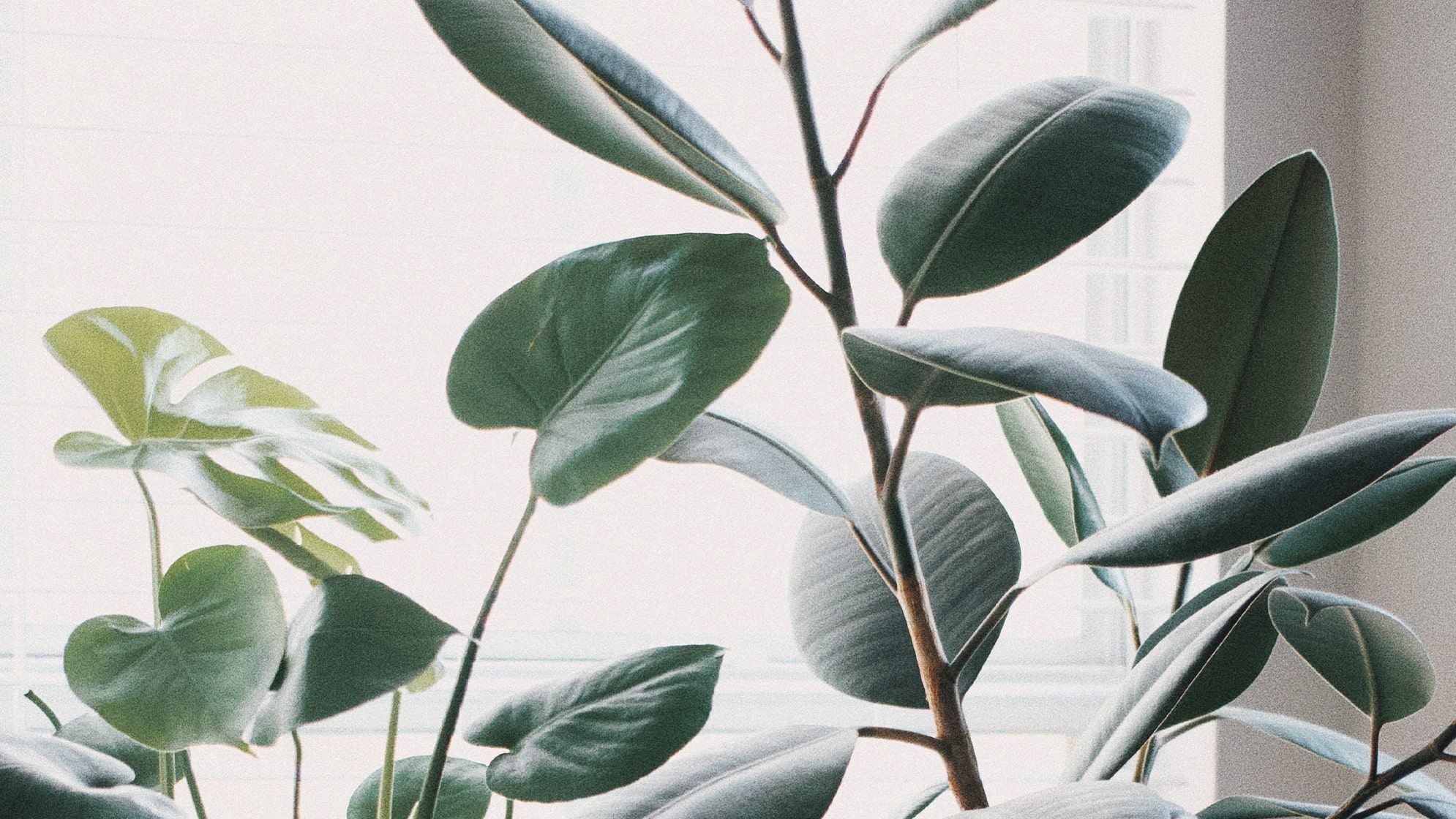
Complete guide to indoor light
Find the right plants for your home
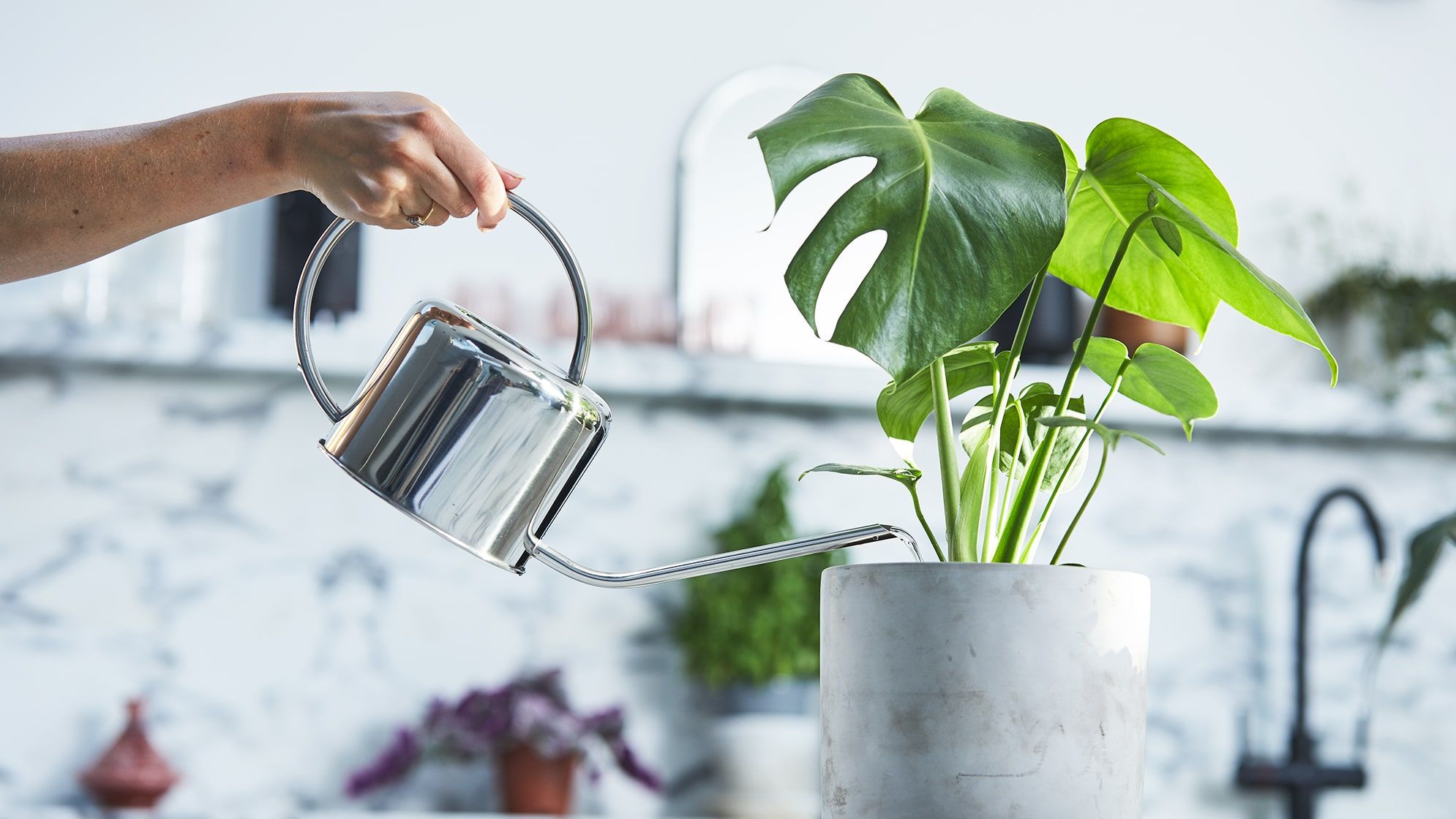
Complete guide to watering
How to avoid over or underwatering
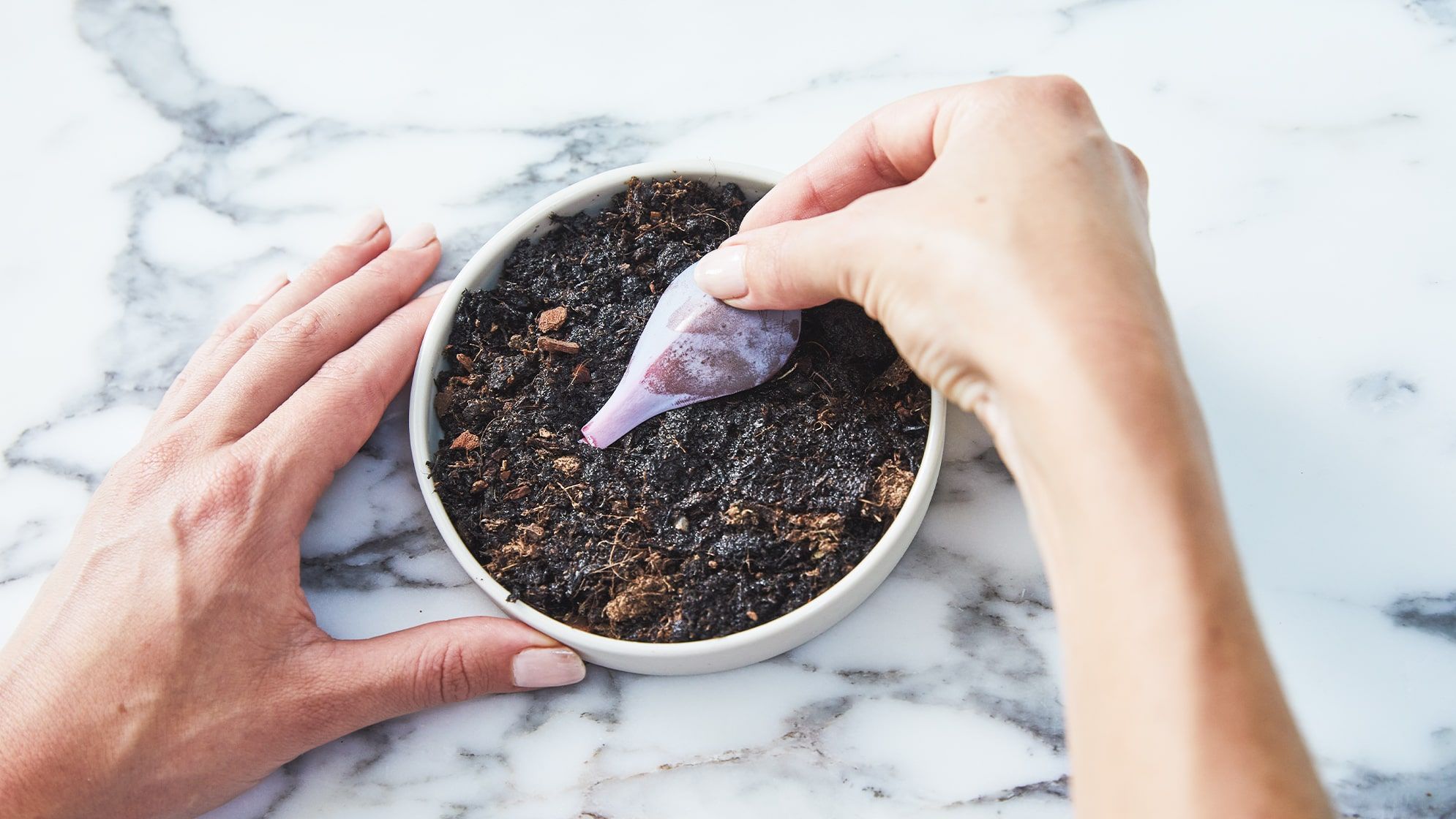
How to propagate houseplants
Making new plants is simple and fun
